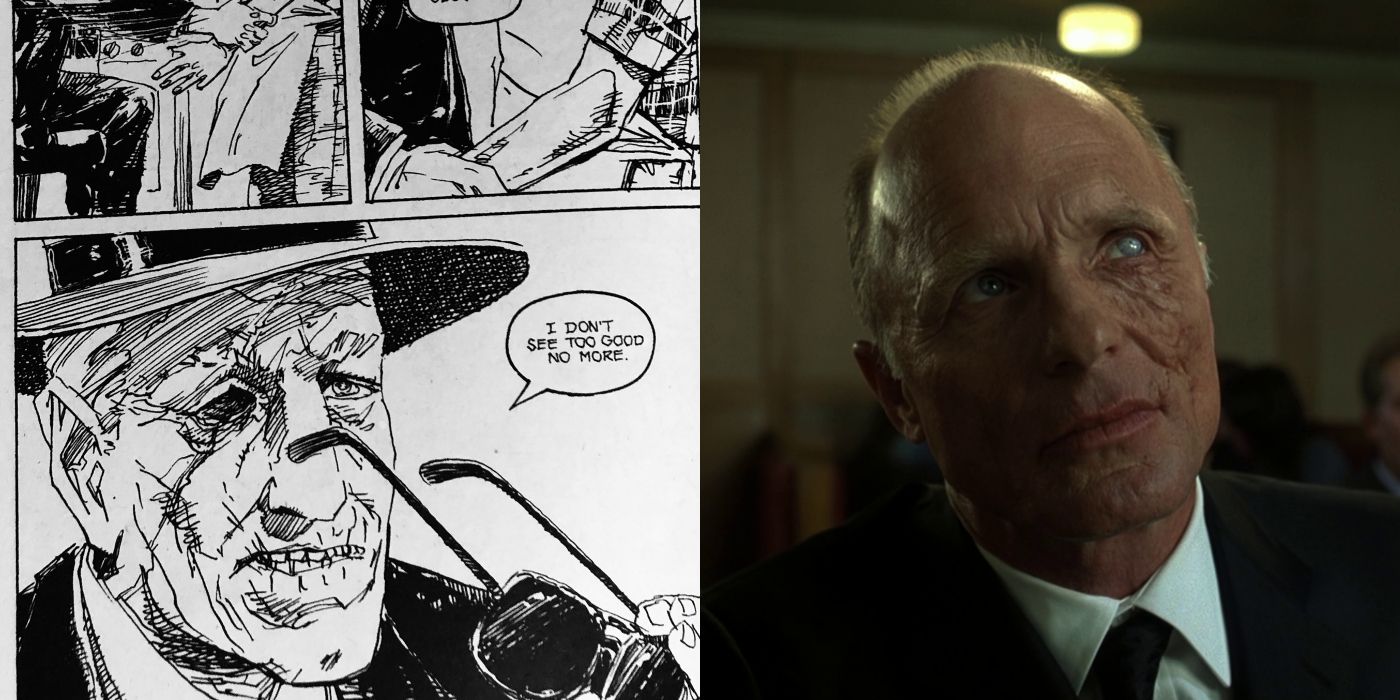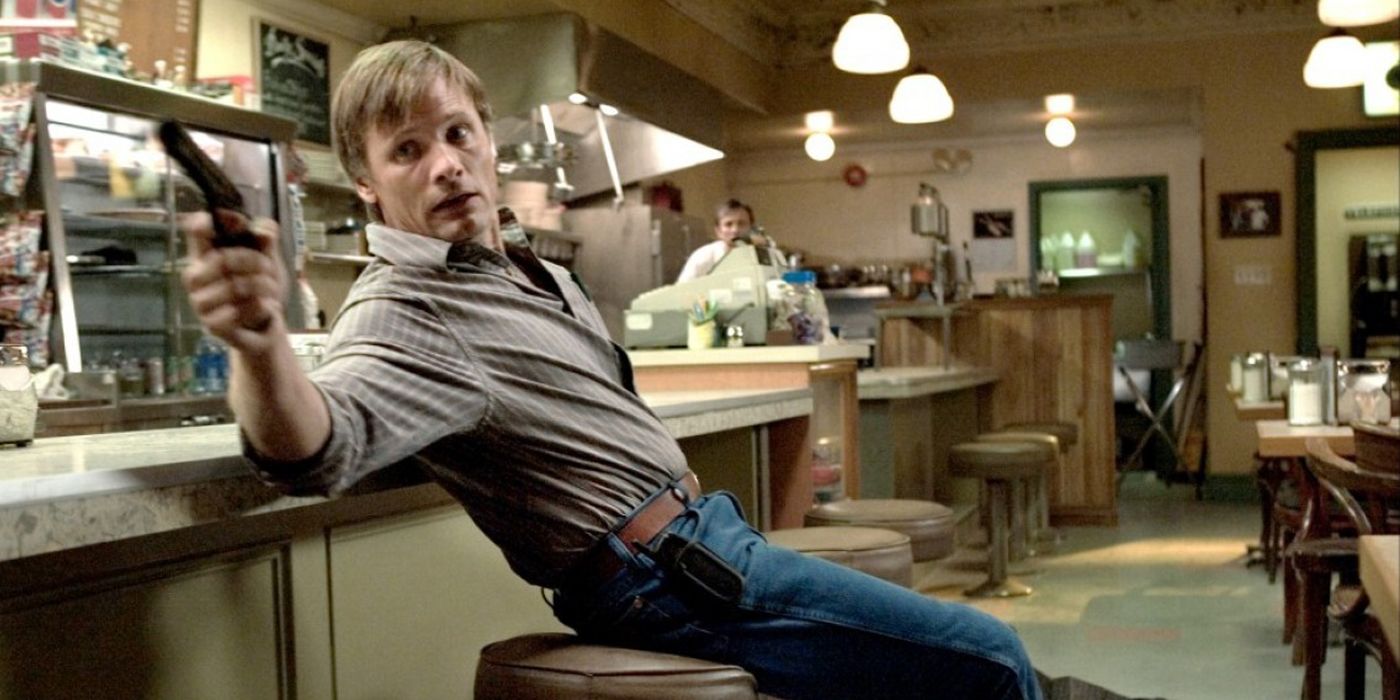How does the original A History Of Violence comic compare to David Cronenberg's movie adaptation? While David Cronenberg might be mostly associated with horror thanks to classics like The Fly, for the last two decades he's largely steered away from the genre in favor of psychological thrillers or dramas such as Eastern Promises.
The latter movie starred Viggo Mortensen, who has become a regular collaborator with the filmmaker. Their first project was crime thriller A History Of Violence (2005), where the actor plays Tom Stall, a relatively normal diner owner living in Indiana. One night, two criminals enter his diner and Tom is forced to fight back and ends up killing them. He's labeled a hero in the press even though he's shaken by the event, but soon a scarred gangster named Fogarty (Ed Harris) enters the diner, claiming Tom is really a professional killer from his past.
Co-starring William Hurt and Mario Bello A History Of Violence is a dark, complex thriller grounded by taut direction and great performances. A History Of Violence received two Academy Award nominations also, for Best Adapted Screenplay and Best Supporting Actor for Hurt. When Cronenberg first signed on he wasn't aware of the History Of Violence graphic novel, which was penned by Judge Dredd creator John Wagner. While the film is broadly faithful to the events of the comic, there are also a lot of differences between them.
The first half of the History Of Violence comic has a similiar setup, with the diner scene and Tom's discomfort with the press attention being nearly identical. One thing the movie does is play up is the mystery aspect while probing the effects of violence on Tom, his family and how the community and press respond to it. Tom is shown to be uneasy about killing two men even if they "deserved" it, and doesn't like being praised for it. Nonetheless, he's shown to be very capable of violence too, and his bullied son later viciously beats up a tormentor at school.
A History Of Violence's halfway turn is about the same when the gangsters threaten his family and Tom is revealed to be the man they're looking for. Tom dispatches the goons in both takes while Fogarty is killed by Tom's son in the movie, but shot by his wife in the graphic novel. The History Of Violence movie also adds two sex scenes between Tom and his wife and does a much better job fleshing out their relationship. The question of if his son has the same violence lurking within is another theme the film adds.
The second half of A History Of Violence really highlights the differences between the two texts. A comic flashback shows Tom - whose real name is Joey - perform a heist on the mob with his friend Richie that went bad. Richie was captured while Tom fled and went into hiding. After confessing to the authorities in hopes of receiving protection - and learning they don't care unless he can help them score convictions - Tom is forced to confront the sadistic son of a mobster he killed. In the showdown, he also learns Richie was kept alive and hideously tortured for two decades. It ends with Tom killing the remaining gangsters, mercy killing Richie and being taken to hospital, promising his wife his past is dealt with.
David Cronenberg's History Of Violence movie is less dramatic, exploring the breakdown of Tom's invented persona and how his family responds to the truth. Richie (William Hurt) in this version is Tom's brother and a mobster himself, who forces Tom to return to Philidelphia. After attempting to make peace, Richie tries to kill him to settle old scores for the people Tom crossed in the past; Tom turns the tables and kills Richie and his men. Tom then returns home and A History Of Violence ends with a quiet dinner scene between Tom and his family, with the implication that - with time - there could be a reconciliation.


